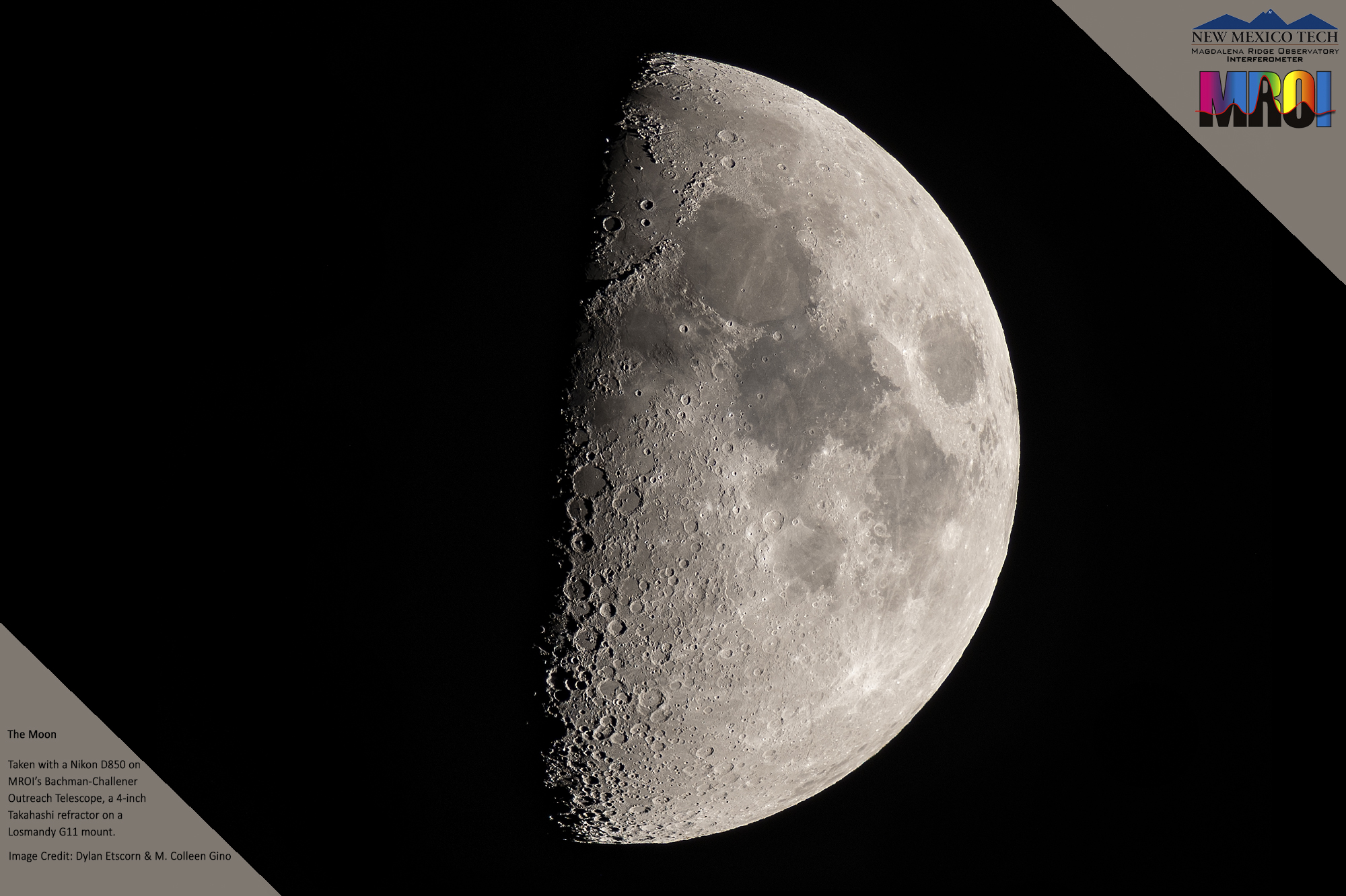Looking to the north when the sky is dark, we may be in for a little light show on the night of October 6th. Much like Draco Malfoy casting a verdimillious charm, shooting green sparks from the tip of his wand, the constellation Draco may dazzle us with a greater than average number of shooting stars coming from its radiant. (OK, so this reference is a bit of a stretch but I couldn’t resist…)
The Draconids are one of the less spectacular annual meteor showers, yielding only 2 to 3 meteors per hour on average. However, according to Jérémie Vaubaillon of the Institute for Celestial Mechanics and Computation of Ephemerides, this year may be different. Since we will be passing close to not just one but two different debris trails left behind by comet 21P/Giacobini-Zinner, the number of meteors we might see per hour goes from 2 up to 10. Admittedly, 10 per hour is not all that fantastic either; we’ve moved from underwhelming to whelming.
This shower is unusual in that it’s best viewed early in the evening rather than after midnight, like most of the annual meteor showers. This is great news, because the 83% illuminated waning gibbous Moon, which will make the fairly faint Draconid meteors hard to see, rises around 9:45 PM MDT. We’ll have about two hours of dark skies to do our observing. For more information on meteor showers in general, check our previous blog post.
While you’re waiting for Draco’s verdimillious magic, why not test your visual acuity and sensitivity with these challenges straight from Professor Sinistra’s astronomy class:
Separate Mizar/Alcor
The middle star at the bend in the Big Dipper’s handle is actually two stars, a naked eye binary separated by 11.8 minutes of arc. This pair is not only the first double star discovered (1617), but the first to be photographed with a telescope (1857). Those with keen vision should be able to separate objects 7 or 8 degrees apart, so separating Mizar and Alcor should be an easy task.
Find the Double Cluster
The double cluster is two groups of white supergiant stars believed to be formed from the same cloud of gas and dust. Each of these open star clusters contains 300 – 400 stars that are loosely gravitationally bound. In fairly dark skies this is a naked-eye object, you would see it as a fuzzy patch; if you’re observing from a location with light polluted skies, you will need a pair of binoculars to see these clusters. The double cluster can be found between the constellations Cassiopeia and Perseus; use the sky chart below to locate it.
Find the Andromeda Galaxy
The Andromeda galaxy is a huge spiral galaxy much like our own Milky Way. At 2.5 million light years away, this is the most distant object you can see with your naked eye. Again, you will need to be in a fairly dark sky location to see this object without the aid of binoculars. Use the sky chart below to help locate this object, which will appear as a faint fuzzy patch.
So tomorrow night drag out your lawn chairs and a blanket or two, and spend a couple of hours searching for meteors, testing your vision, and enjoying the beauty of the night sky.

M. Colleen Gino, MRO Assistant Director of Outreach and Communications
